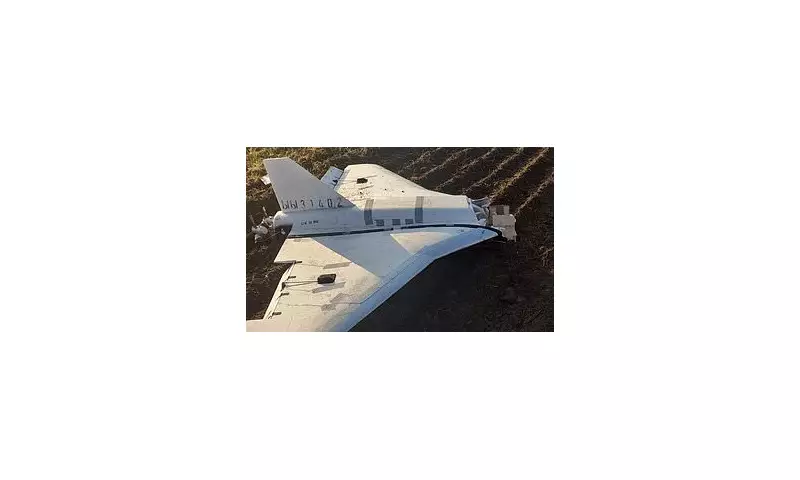
In a significant hardening of its defensive posture, NATO is actively developing new engagement protocols that would make it substantially easier for member states to shoot down Russian drones operating near their borders.
Redefining the Rules of Engagement
Military officials from multiple NATO nations are currently negotiating updated rules that would authorise countries to intercept unmanned aerial vehicles originating from Russian territory that approach their airspace, even when these incursions are deemed 'accidental'. This represents a fundamental shift from current procedures that typically require definitive evidence of hostile intent before engagement.
The Eastern Flank Response
The policy revision comes amid growing frustration among Eastern European members, particularly Poland and Romania, who have experienced numerous violations of their airspace by Russian drones conducting operations in Ukraine. These incidents have raised serious concerns about regional security and the potential for escalation.
Key aspects of the proposed changes include:
- Authorization to engage drones that demonstrate 'consistent patterns of threatening behaviour' near NATO airspace
- Streamlined decision-making processes for air defence commanders
- Enhanced intelligence sharing about drone trajectories and patterns
- Clearer definitions of what constitutes an imminent threat
Balancing Defence and De-escalation
While the proposed rules would provide greater flexibility for NATO members to protect their sovereignty, alliance officials emphasise that any engagement would still require careful assessment to avoid unnecessary escalation. The revised protocols aim to strike a delicate balance between robust defence and maintaining stability in the region.
This policy evolution reflects NATO's adaptation to the changing nature of aerial threats in modern warfare, where drone technology has blurred traditional boundaries of airspace violation and hostile intent.





